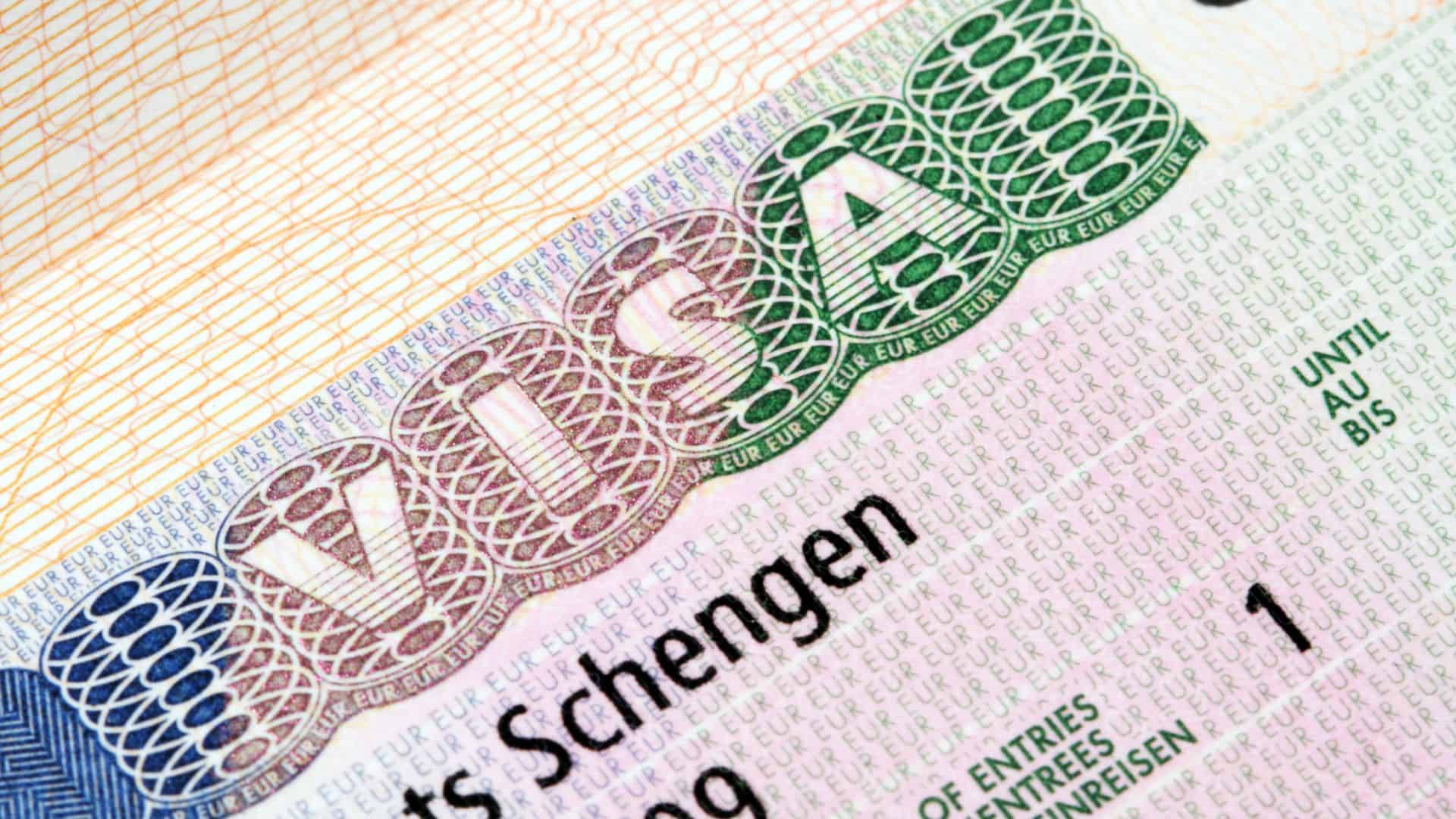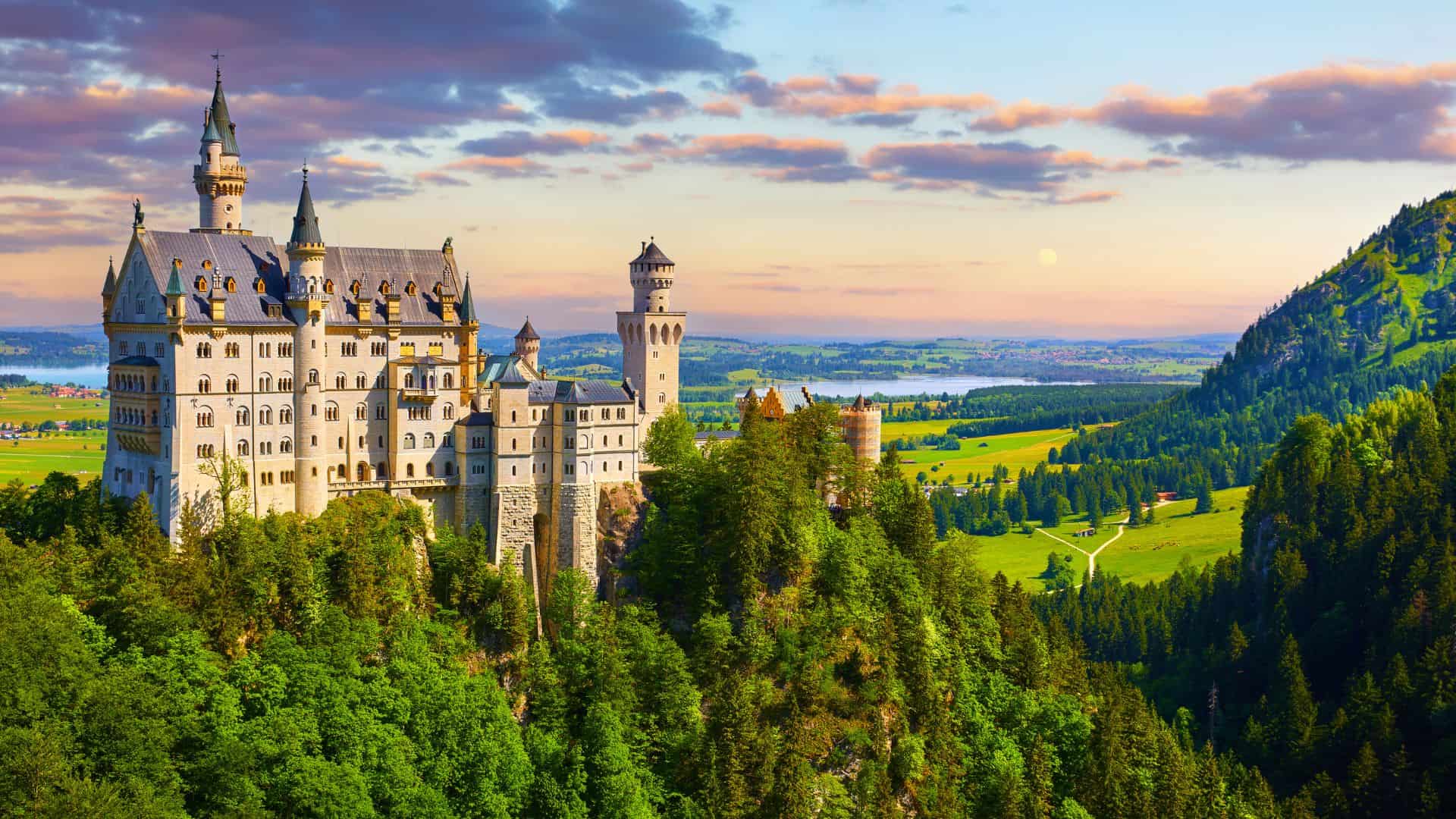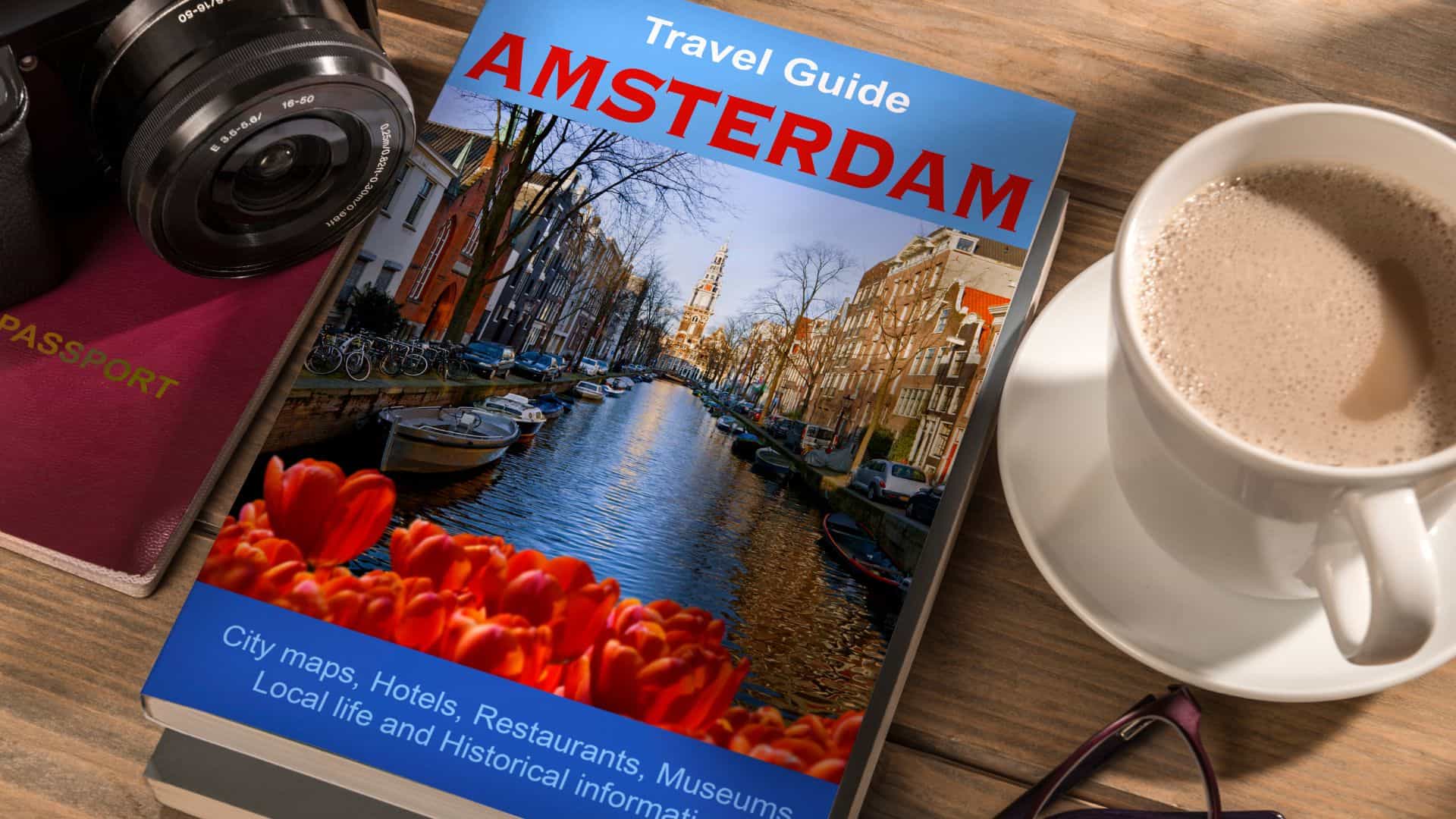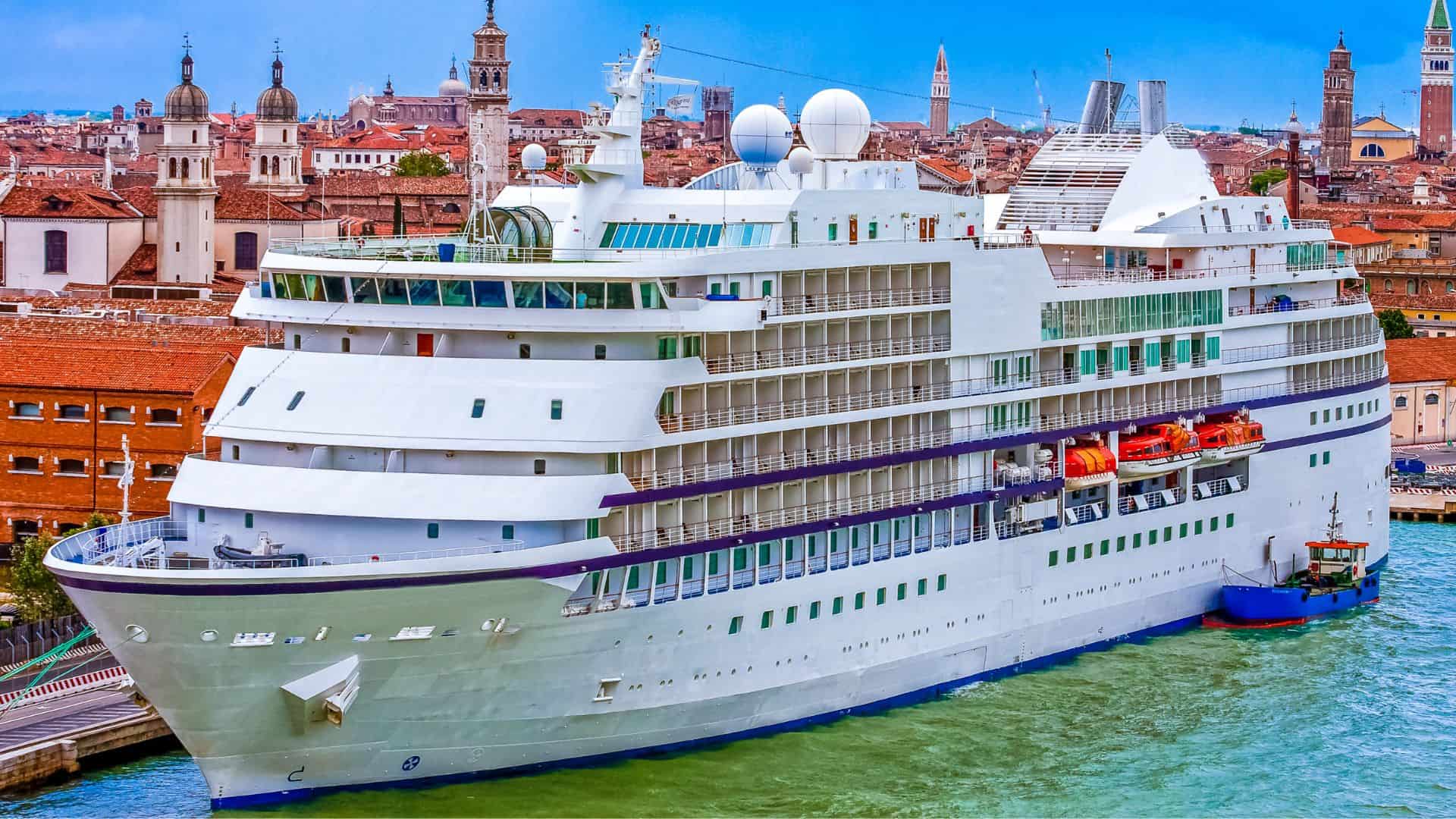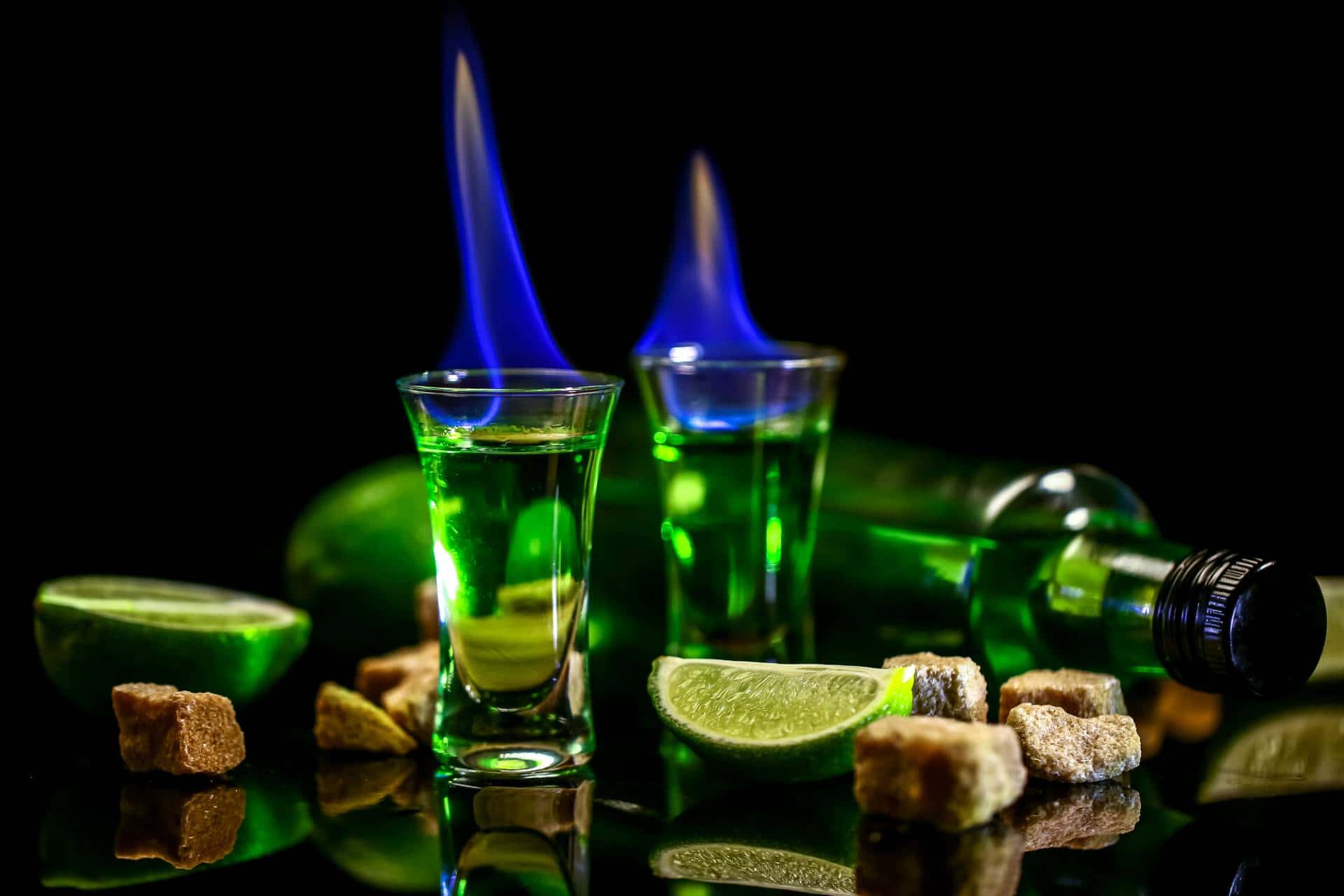
Absinthe Effects: Drink Absinthe
In the old days it really did, but usually you’d be vomiting before you actually saw anything visual. Nowadays, most absinthe-related or absinthe-styled concoctions are wormwood-free and have star anise or licorice added to it instead. Modern absinthe cantain up to 75% alcohol, or in other words, can be up to 150 proof.
Interestingly enough absinthe is controlled as a food and not as a drug and is still widely available in Portugal, parts of Spain, Sweden, and the Czech Republic. It was banned by Belgium in 1905, Switzerland in 1907, the USA in 1912, Italy in 1913, and in France in 1915
Historically it was always a hit with the artists. The likes of such painting heavyweights as Van Gogh; Eduard Manet; Toulouse-Lautrec, Edgar Degas, Paul Gauguin, Picasso as well as literary giants such as Oscar Wilde and Ernest Hemingway have all experimented with it, most saying it aided in facilitation of their creative endeavors. Scientifically speaking, the actual psychoactive ingredient in absinthe is called thujone, and is found in both herbs wormwood (Artemisia absinthium) and Roman wormwood (Artemisia pontica)
The preferred technique these days calls for dipping a spoonful of sugar into the absinthe, igniting the saturated sugar thus forming a ‘flambe,’ and then stirring in the sugar into the drink. Be careful to blow it out before you burn the bar down!
The debate surrounding whether absinthe truly possesses hallucinogenic properties has been ongoing for decades. Absinthe, often referred to as the "green fairy," is a distilled alcoholic drink known for its high alcohol content and distinct flavor profile, which includes botanicals like fennel and anise. Historically, absinthe was believed to induce hallucinations due to its alleged high concentration of thujone, a compound found in wormwood. However, studies have shown that the amount of thujone in absinthe is typically too low to cause hallucinations. Instead, any hallucinogenic effects experienced by drinkers may be attributed to the high alcohol content of the beverage, leading to intoxication and altered perception. Furthermore, the Absinthe ban in the early 20th century was more likely due to concerns about alcohol poisoning and its negative effects on public health rather than its supposed hallucinogenic properties.
There has long been speculation surrounding the hallucinogenic properties of absinthe, a highly alcoholic spirit with a storied history. Many myths and legends have circulated about the effects of absinthe, leading some to believe that it has the power to make you hallucinate. However, the truth is more nuanced. Absinthe does contain a high alcohol content, typically around 60-75 percent alcohol by volume, which can lead to intoxication and altered states of consciousness. Additionally, traditional absinthe recipes include the herb wormwood, which contains thujone, a compound believed to have hallucinogenic effects.
Furthermore, the process of distilling absinthe involves carefully controlling the alcohol content and herbal infusion to create a balanced and flavorful spirit. Distilled absinthe is typically made with a base of neutral grain alcohol, which is then infused with a variety of botanicals, including wormwood, anise, and fennel. While absinthe does contain herbal oils and compounds that contribute to its distinctive flavor profile, there is no evidence to suggest that these ingredients have hallucinogenic properties. Despite the myths and legends surrounding absinthe, the reality is that it is simply a highly alcoholic spirit with a complex and storied history. Whether you choose to drink absinthe for its cultural significance or its unique flavor, it's important to do so responsibly and in moderation.
The association between absinthe and hallucinations can be traced back to the late 19th and early 20th centuries, when absinthe was banned in several countries, including the United States and parts of Europe. At the time, absinthe was blamed for a range of societal ills, including alcoholism and mental illness, and its alleged hallucinogenic properties were cited as evidence of its dangerous nature. However, modern research has cast doubt on the idea that absinthe can truly make you hallucinate.
Absinthe enthusiasts argue that the ban on absinthe was largely based on misinformation and moral panic, and that absinthe is no more dangerous than other alcoholic beverages when consumed responsibly. In fact, absinthe is legal in many countries today, and there is a thriving market for quality absinthe produced by reputable distillers. Modern absinthe typically contains very low levels of thujone, if any, due to regulations governing its production and sale.
Ultimately, the effects of absinthe are similar to those of other high-proof spirits, such as vodka or whiskey. While it may cause intoxication and altered states of consciousness, there is no scientific evidence to support the idea that absinthe can make you hallucinate. Like any alcoholic beverage, absinthe should be consumed in moderation, and excessive consumption can lead to alcoholism or alcohol poisoning. So, while absinthe may have a colorful history and a devoted following among fans of the drink, its reputation as a hallucinogen is largely a myth.


